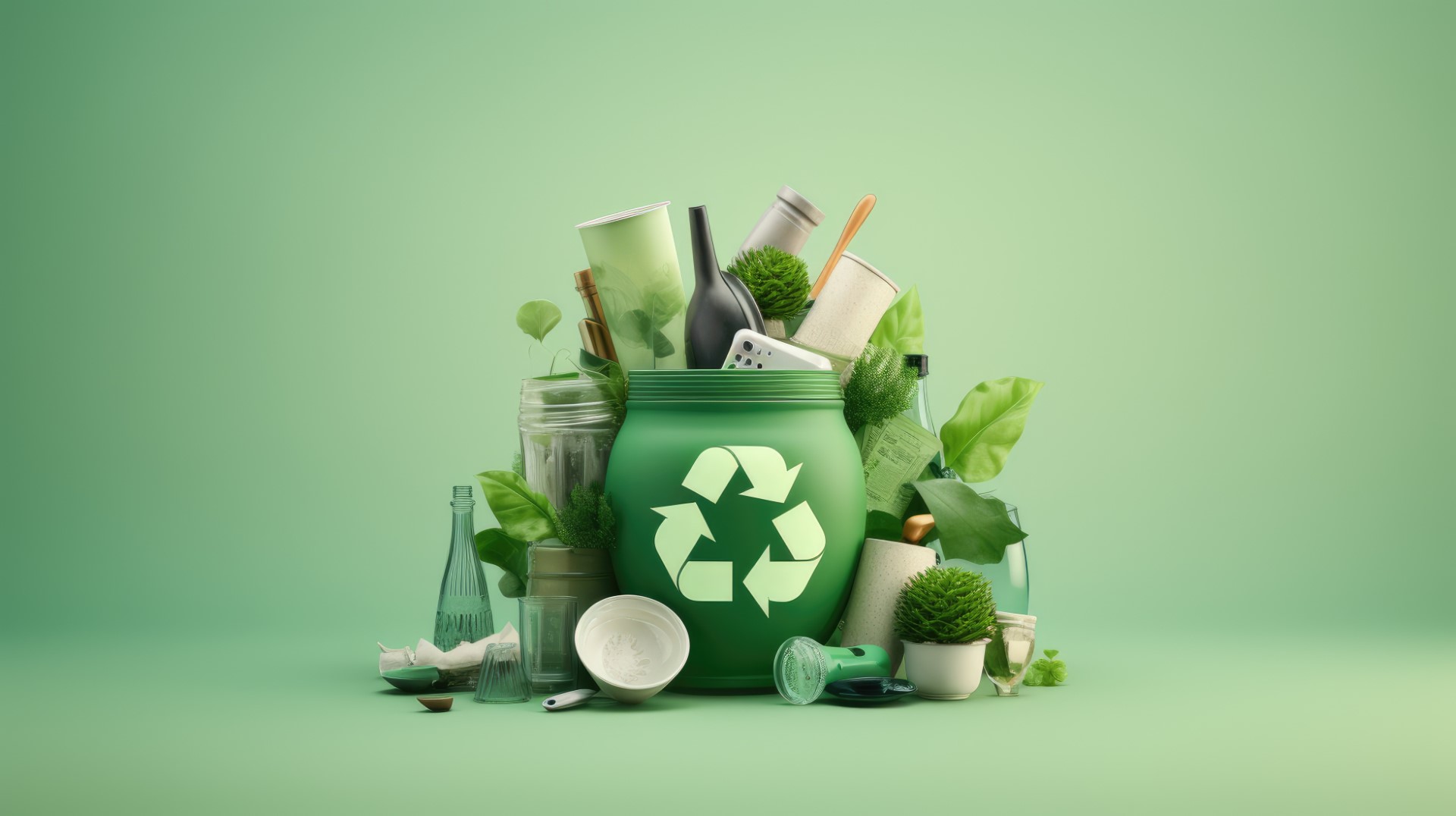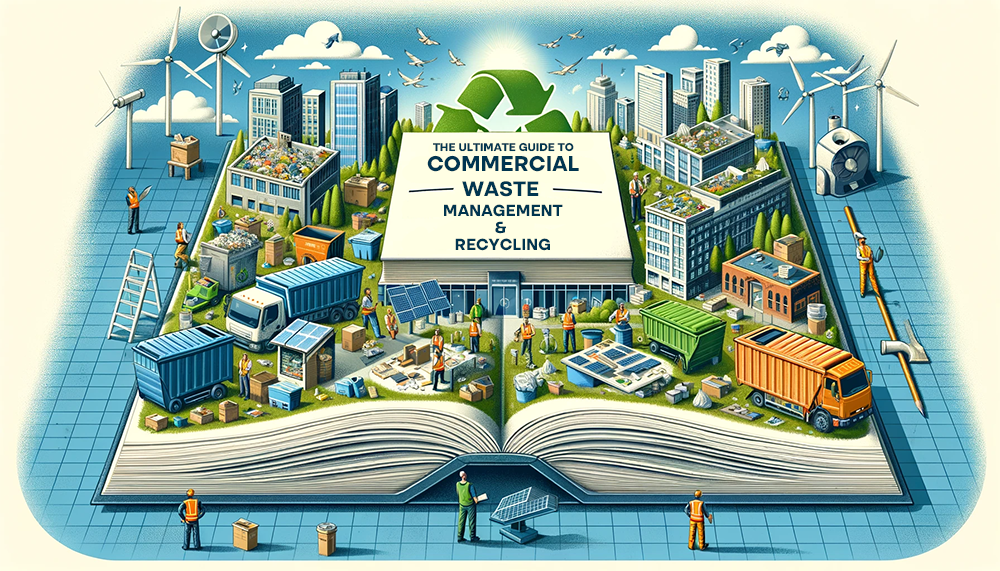Why Select Recycling Lives Services for Your Waste Administration Requirements
Why Select Recycling Lives Services for Your Waste Administration Requirements
Blog Article
Understanding the Category and Handling of Different Kinds Of Waste
Reliable waste monitoring is critical for ecological sustainability, requiring an extensive understanding of the classification and handling of numerous waste types. Household waste, industrial by-products, hazardous products, digital refuse, and organic remnants each require distinct procedures to ensure safety and minimize ecological damage. Applying proper partition, therapy, and disposal strategies is important to minimize unfavorable ecological influences and advertise resource preservation. As an example, the composting of organic waste contrasts dramatically with the intricate procedures needed to handle harmful compounds. This diverse method to throw away management underscores its intricacy and the critical demand for specialized expertise in this domain name.

House Waste
Family waste, incorporating a wide array of disposed of materials produced from daily living tasks, represents a substantial element of the overall waste stream - recycling lives services. This group includes natural waste such as food scraps, yard clippings, and paper items, along with not natural products like plastics, steels, and glass. The varied nature of house waste necessitates efficient category and administration to mitigate environmental effect and promote lasting living methods
Reliable household waste management starts with segregation at the resource, helping with recycling, composting, and secure disposal. Organic waste, for example, can be composted to create nutrient-rich dirt amendments, lowering landfill problem and enhancing dirt health. Recyclable materials, consisting of paper, glass, and specific plastics, can be processed and repurposed, decreasing and conserving resources power usage related to new product manufacturing.
Moreover, hazardous house waste such as batteries, digital tools, and cleansing chemicals requires specialized handling to stop soil and water contamination. Public understanding campaigns and practical disposal choices play crucial functions in guaranteeing proper disposal and recycling of these materials. By carrying out robust waste decrease methods and cultivating neighborhood involvement, districts can substantially reduce the ecological impact of home waste.
Industrial Waste
Industrial waste, a major contributor to worldwide waste generation, includes a varied variety of products generated by manufacturing, building, and other industrial activities. This group consists of byproducts such as scrap metal, plastics, rubber, chemicals, and other residues. The structure and volume of hazardous waste can vary considerably depending upon the market and production processes entailed. Effective monitoring of commercial waste is essential for reducing ecological effect and advertising lasting methods.
The handling of industrial waste typically involves several processes: collection, partition, therapy, and disposal. Collection systems are made to effectively gather waste products from various sources within a commercial operation. Segregation is vital, as it makes certain recyclable products are divided from non-recyclable ones, which can be guided in the direction of ideal recycling or disposal networks. Therapy procedures, including physical, chemical, and organic techniques, are utilized to minimize the toxicity, quantity, and ecological influence of the waste. Ultimately, disposal approaches like landfilling or incineration are used for waste that can not be recycled or treated.
Embracing approaches such as waste reduction, link resource recovery, and recycling can considerably reduce the burden of industrial waste on the environment, adding to more lasting commercial methods.
Hazardous Waste

Destructive wastes can harm or damage living materials and cells. Combustible wastes can easily spark, posturing fire hazards, while responsive wastes can trigger explosions or launch toxic gases upon call with various other substances.
Efficient harmful waste monitoring involves several vital techniques: recognition and partition of dangerous materials, risk-free transportation and storage, and ideal treatment and disposal. Treatment methods may consist of chemical incineration, neutralization, and stabilization. Governing compliance is essential, directed by structures such as the Resource Conservation and Recuperation Act (RCRA) in the USA, which ensures risk-free and environmentally audio management of contaminated materials.
Digital Waste
Digital waste, usually abbreviated as e-waste, represents an expanding challenge in waste monitoring due to the fast obsolescence of innovation. This category includes a broad range of discarded digital devices, consisting of smart devices, computer systems, televisions, and home devices. The complexity of e-waste hinges on here are the findings its composition; these items consist of a mix of important materials such as gold and copper, as well as hazardous substances like lead, mercury, and cadmium.

Regulation and policies, such as the European Union's Waste Electronic and electrical Equipment (WEEE) Directive, purpose to promote liable e-waste management. These policies mandate suppliers to assist in the collection and recycling of electronic products, consequently lowering the worry on landfills and decreasing ecological contamination.
Organic Waste
Organic waste, including biodegradable products such as food scraps, lawn trimmings, and farming deposits, makes up a significant section of the metropolitan strong waste stream. This kind of waste is noteworthy not just for its volume however also for its possible ecological impact if not taken care of appropriately. Organic waste can disintegrate anaerobically in land fills, generating methane, a powerful greenhouse gas adding to environment change.
Proper handling of natural waste includes several strategies. Additionally, drawing away food waste from land fills with donation programs can alleviate food insecurity while reducing waste.
Municipalities and companies are progressively acknowledging the importance of natural waste administration. Carrying out thorough organic waste recycling programs not only minimizes ecological influences however likewise straightens with wider sustainability objectives, promoting a circular economy where resources are consistently reused and repurposed.
Verdict
Efficient waste administration and ecological protection necessitate a thorough understanding of the classification and handling of numerous waste types. Executing suitable approaches for each waste kind makes certain safe and accountable waste management practices, ultimately adding to the security of ecological communities and public health.
Effective waste administration is critical for ecological sustainability, requiring a detailed understanding of the category and handling of different waste types.Family waste, including a wide selection of thrown out products generated from daily living activities, stands for a considerable element of the general waste stream.Industrial waste, a significant contributor to international waste generation, incorporates a diverse variety of materials generated by manufacturing, building, and various other industrial activities (recycling lives services).Dangerous waste, a critical problem in waste monitoring, makes up products that present significant risks to human health and wellness and the setting due to their poisonous, harsh, combustible, or responsive residential or commercial properties.Organic waste, incorporating naturally degradable materials such as food scraps, lawn trimmings, and agricultural residues, constitutes a substantial section of the metropolitan solid waste stream
Report this page